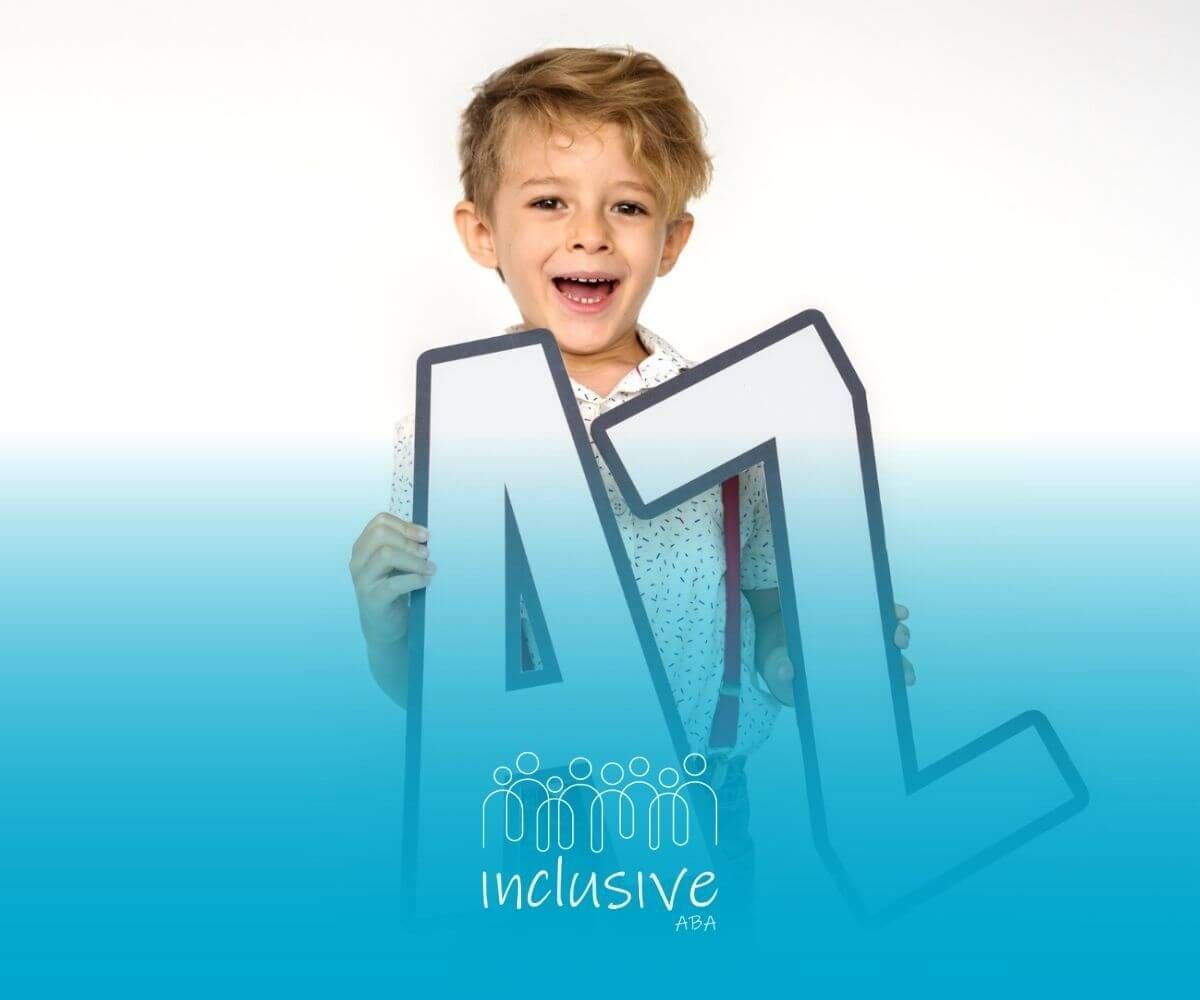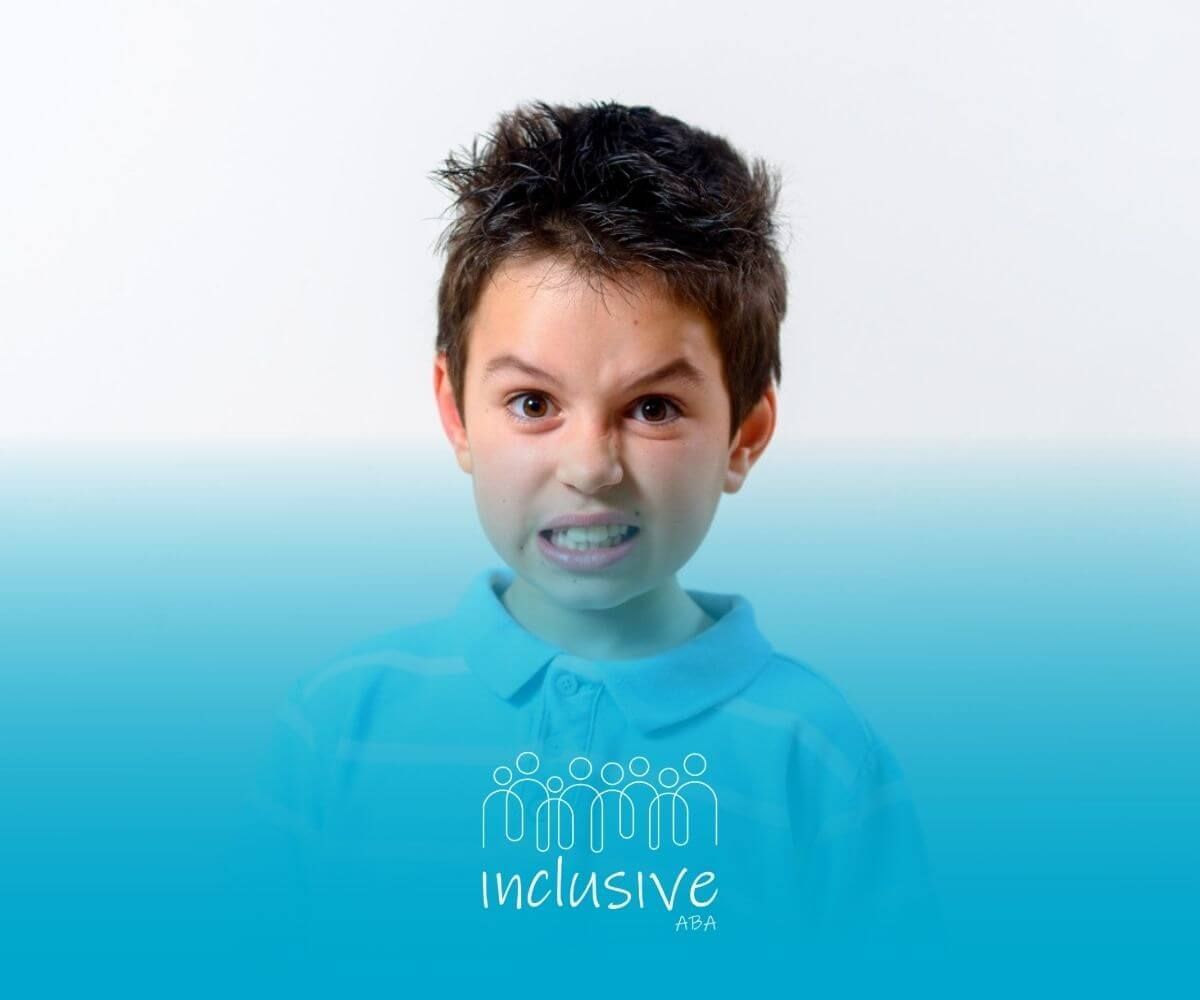How to Make a Child with Autism Happy Through Play-Based Activities
Key Highlights
- Playtime is a powerful tool for helping children on the autism spectrum learn new skills, express emotions, and foster good behavior.
- Understanding your child’s needs and unique challenges helps create a play environment they can thrive in.
- Positive reinforcement, such as offering encouragement or rewards, is an effective way to make play engaging and fun.
- Selecting sensory-friendly toys tailored to children’s symptoms of autism supports emotional well-being.
- Support groups and family counseling are excellent resources for advice and creating a nurturing atmosphere at home.
Play can be one of the most joyful and rewarding ways to connect with a child on the autism spectrum. It’s not just about entertainment—it’s a meaningful part of how children learn, communicate, and relate to the world.
When a child I once worked with in home-based ABA received an autism diagnosis, their parents were overwhelmed at first. But they quickly discovered that play—simple, sensory-based play—became a lifeline. It helped them connect, laugh together, and even build language over time.
This blog will walk you through simple but powerful ways to make playtime a happy, nurturing experience for your child. Whether you're just starting this journey or looking for new ideas, you're in the right place.
Why Play Matters for Children with Autism
Play Builds Skills and Confidence
For kids with autism, play isn’t just a way to pass the time. It’s how they process the world. Through play, children can develop social skills, emotional awareness, and fine motor coordination—all at their own pace.
I remember a quiet little boy who loved stacking blocks. At first, he’d line them up in a specific order every day. It seemed repetitive, but over time, he began to invite his dad to help. That was his way of opening up—one block at a time.
Play Encourages Emotional Growth
Children with autism sometimes struggle to express feelings with words. Play gives them another way to show how they feel. Through role-play or even sensory games, they can begin to work through emotions they don’t yet know how to name.
How Play Helps Emotional and Social Development
Creating a Safe Space for Expression
Play offers a safe outlet to explore emotions and practice social interaction. Games like dress-up or puppet play give children a chance to try out different roles and reactions.
One parent shared how their daughter, who usually avoided eye contact, would light up during a pretend tea party. She began to pour tea, ask for “more,” and even smile at her stuffed animals. That became their daily ritual, a small moment that helped build emotional trust.
Modeling Social Skills Through Group Play
Group play, even if it's just with one sibling, can gently teach turn-taking, cooperation, and empathy. Kids on the autism spectrum often benefit from watching others and imitating behaviors at their own comfort level.
Keep these play sessions short and low-pressure. Even five minutes of cooperative play can be a win.
Challenges During Play-Based Activities
Understanding Sensory Sensitivities
Children on the spectrum often experience the world in unique ways. A toy that lights up or makes noise might excite one child but overwhelm another.
Some children I’ve worked with loved water beads—until they didn’t. One day, the sensation felt “wrong” to them, and that was okay. We simply shifted to soft, dry textures like felt squares or fuzzy pom-poms.
Navigating Routine and Transitions
Switching between tasks or adjusting to new types of play can be tough. Try easing into play with a simple visual schedule or picture cards to show what’s coming next.
Having a familiar song or timer to signal the end of play can also help transitions go more smoothly.
Supporting Communication Differences
Some children may not respond right away—or in the way you expect. That’s okay. Keep communication simple, visual, and consistent. Tools like picture boards or gesture cues can help a lot.
Getting Started: What You’ll Need for Meaningful Play
Sensory-Friendly Toys and Materials
Start with autism-friendly toys that match your child’s sensory preferences. Here are some helpful categories:
- Soft and squishy: Stuffed animals, sensory pillows, foam balls
- Soothing lights or visuals: Bubble lamps, lava lamps, spinning toys
- Quiet auditory feedback: Toys that play calming music or nature sounds
- Fidget tools: Spinners, chewable jewelry, or textured items
Watch how your child interacts. One parent told me their child ignored most toys—until they introduced a pinwheel. The movement and gentle breeze fascinated them, and it became a regular calming tool.
Creating a Calm and Safe Play Space
Designate a sensory room that’s quiet and free from distractions. Use soft rugs, bean bags, or play mats for comfort. Label bins and use color-coded areas to help organize toys and reduce visual clutter.
If your child is prone to meltdowns or quick movements, choose soft furniture and keep breakable items out of reach.
Step-by-Step: Making Play Fun and Engaging
Step 1: Follow Their Interests
Let your child lead. Observe what excites or soothes them, then build play around those interests.
If your child loves spinning objects, try tops or spinning wheels. If they’re drawn to water, set up a simple sensory bin with cups and scoops.
Step 2: Blend Structured and Free Play
Use a mix of structured play (like puzzles for autism or shape sorting) and open-ended activities (like building with blocks or pretend play). This helps your child learn while also having the freedom to explore.
For example, one family I know started each morning with five minutes of matching games, followed by 10 minutes of sandbox time. That gentle balance worked wonders.
Step 3: Use Positive Reinforcement
Praise small efforts. A smile, a sticker, or saying “You did it!” can go a long way.
I once watched a caregiver clap every time their child added a puzzle piece. The child beamed with pride and stayed focused for 20 minutes—longer than anyone expected.
Use encouragement that matches your child’s personality. Some respond best to hugs or a favorite toy. Others love high-fives or silly dances. The goal is to make them feel seen and supported.
Conclusion: Supporting Growth Through Joyful Play
Helping your child with autism enjoy play doesn’t require perfect plans or expensive toys. What matters most is being present, observing what works, and celebrating the small wins.
Every child is different. What soothes one might upset another. But with time, patience, and a little creativity, you’ll start to discover the kinds of play that light them up inside.
Whether it’s a quiet sensory game, a shared laugh during pretend play, or a moment of calm with a favorite toy, these are powerful steps in your child’s development.
At Inclusive ABA, we believe every child deserves joyful, personalized support. Our ABA therapy services in Nebraska are tailored to meet your child’s unique needs—at home, in the community, and during play.
Contact Inclusive ABA and discover how we can make a difference in your child’s life.
Frequently Asked Questions
What types of play are best for children with autism?
Sensory games, pretend play, water or sand activities, music sessions, and structured tasks like matching or sorting can all work well. Choose what suits your child’s interests and comfort level.
How do I know if my child is enjoying play?
Look for signs like relaxed posture, focused attention, smiling, or returning to the same activity. If your child seems frustrated or withdraws, adjust the game or toy.
What if my child doesn’t want to play with others?
That’s okay. Start with solo play or simple turn-taking games. Gradually introduce one other child or caregiver into the activity. Keep expectations low-pressure and celebrate small progress.
Sources:
- https://www.parents.com/toddlers-preschoolers/development/fear/raising-happy-children/
- https://pmc.ncbi.nlm.nih.gov/articles/PMC9497526/
- https://autismlittlelearners.com/play-based-learning/
- https://www.autismawareness.com.au/aupdate/the-power-of-play-based-learning-for-autistic-children
- https://www.nhs.uk/conditions/autism/autism-and-everyday-life/help-for-day-to-day-life/
Looking for Expert Help? We're Here for You!
Our compassionate and skilled team is devoted to enhancing your child's development through customized ABA therapy. Let us partner with you to create a supportive environment for your child's success.
Discover how we can help your family thrive with expert ABA therapy.
Related Posts







